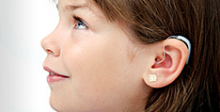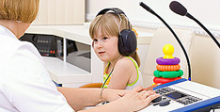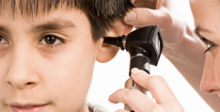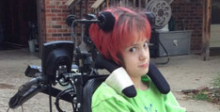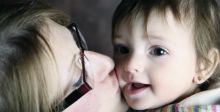Internal mini form
Contact Us Today
Knowing how a person feels about events that are happening, or about themselves, is something most people believe they’ll be able to express at will. If a person is happy – or upset – about a situation, her or she will express it verbally and in body language. However, individuals with Cerebral Palsy sometimes are not able to utilize speech or have total control over body movements, and in those cases, alternate methods of communication are developed.
Whether its text-to-speech or eye tracking technology, using a voice synthesizer or sign language, or rudimentary forms of body language, most people with Cerebral Palsy can communicate even if they are non-verbal.

Associative conditions
Cerebral Palsy affects muscle tone, gross and fine motor functions, balance, coordination, and posture. These conditions are mainly orthopedic in nature and are considered primary conditions of Cerebral Palsy. There are associative conditions, like seizures and intellectual impairment that are common in individuals with Cerebral Palsy. And, there are co-mitigating factors that co-exist with Cerebral Palsy, but are unrelated to it. Understanding conditions commonly associated with Cerebral Palsy will enhance your ability to manage your child’s unique health concerns.
Associative Conditions
Common associative conditions
Click on a condition listed below to learn more.


